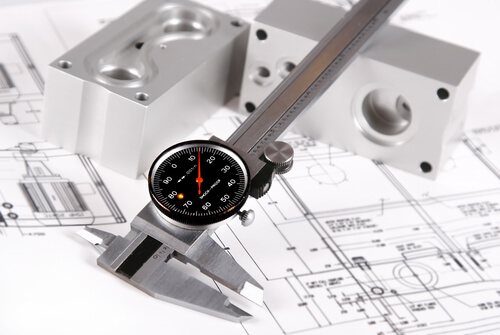Data integrity is the assurance of the accuracy, maintenance of and consistency of the data. The concept of data integrity has been applied for many years. However, it has become more acute recently since auditors are paying more attention to data integrity than before. The FDA, EMA and other regulatory bodies have also set new regulation guidelines that need to be adhered to.
Data Integrity Pitfalls In Calibration Procedures

24
Jun




